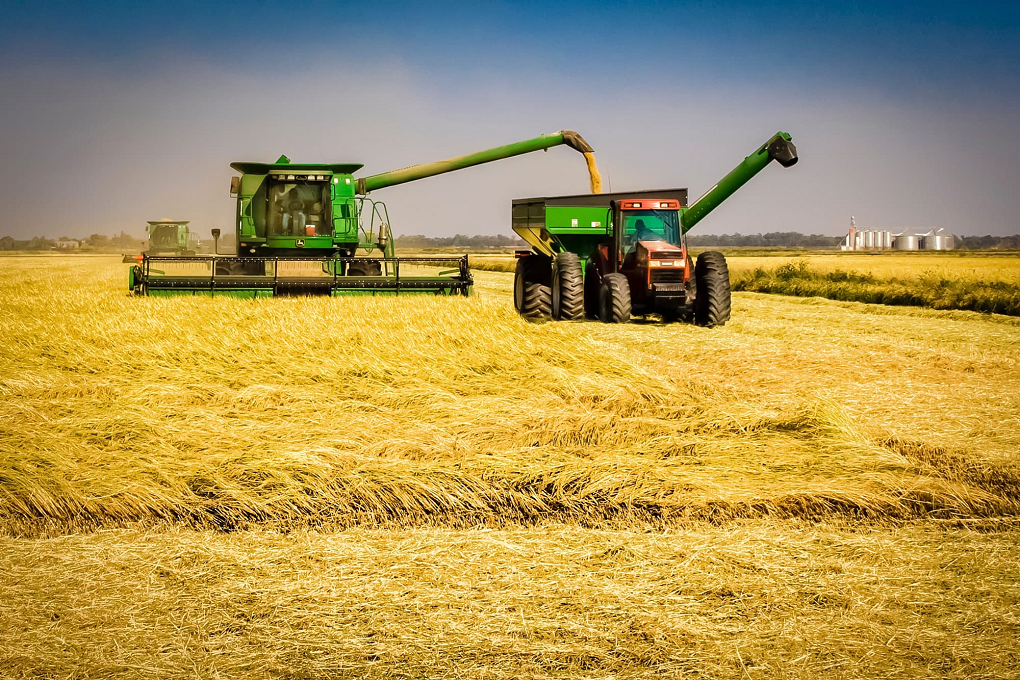
The Food and Agriculture Organization (FAO) reported just a few months back that security risks have increased significantly because of the ongoing war between Russia and Ukraine. Already around 800 million people were undernourished till 2020, and the FAO now expects the number to increase by another 7.6 million to 13.1 million by the end of 2023.
Countries like Jordan, Yemen, Israel, and, Lebanon depends largely on basic commodities imports, with significant supplies contributed by Russia and Ukraine. These nations are therefore prone to a maximum risk of higher prices and food shortages.
Likewise, African countries are facing a similar risk. The sanctions on Russia have resulted in sky-rocketing oil prices which may result in higher inflation, higher deficits, in addition to a negative impact on consumption as well as the corporate profit margins. Nearly 25 million tons of wheat are needed to meet worldwide food demand in the current and the next season, according to the European Commission estimates. Global food prices were already at record levels before the war. There is no indication with respect to a ceasefire anytime soon, therefore further spike is expected at the prices of food supplies and inputs (fertilizers and energy) needed for agri-food production.
However, there are some positive aspects as well. In the medium to longer-term, two optimistic scenarios may emerge from the current state of affairs:
Scenario 1: Russia is likely to export more quantities of wheat going forward since Ukraine's exportable surplus is expected to be lower in the coming months. This would help in balancing the rising global demand to a large extent. Russia is one of the world's largest exporters of wheat. Because of high carry-over stocks, a record crop forecast, and the expiry of a state export quota, Russia is likely to increase exports in the upcoming weeks as the supply season has started there. This projection is as per the Sovecon Consultancy forecast report, released on April 21, 2022. Sovecon has estimated Russia’s wheat exports in the July-June 2022-2023 marketing season at 41.0 million tons, versus 33.9 million tons in the current season. Sovecon has raised Russia’s wheat production forecast by 900,000 tons to 87.4 million tons. Sovecon has also estimated that Russia still has 3 million tons of wheat to export within the quota, for the next two months.
Scenario 2: For Ukraine, wheat exports from its southern ports can be executed comfortably in case a ceasefire agreement is reached by this summer. This is because the Kyiv port has the priority to sell its high stocks and earn foreign currency to finance imports.
It can be inferred that both the scenarios will be beneficial in easing the global concerns over food security and also lead to a cool-off the global prices. This also implies that the less developed nations which were under pressure from rising costs for imported wheat can hope for an easing of the economic burden. If Ukraine’s ports remain closed, a significant percentage of the demand will switch to Russia. On the other hand, Ukraine will start supplying speedily in case the peace agreement is successful. Therefore, global demand will be compensated largely in both scenarios.
















